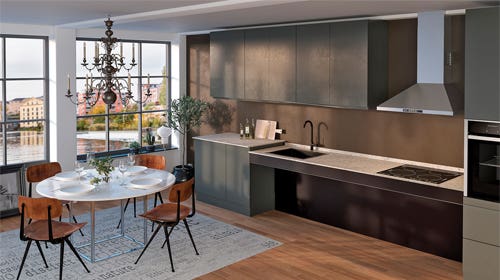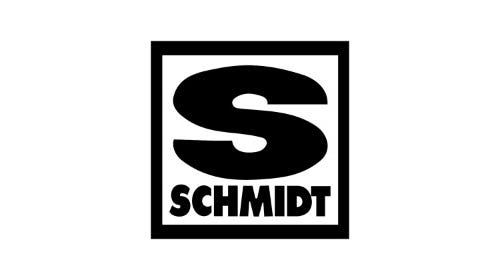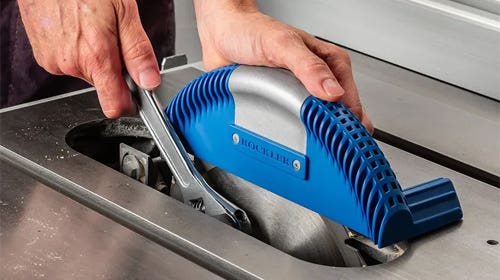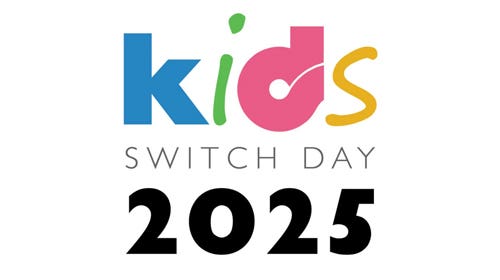Tough times ahead for Eastern white pine
There’s no doubt wood markets are having a difficult time because of the huge drop-off in new housing construction and related economic issues, but Eastern white pine seems to be…
There’s no doubt wood markets are having a difficult time because of the huge drop-off in new housing construction and related economic issues, but Eastern white pine seems to be taking as heavy a hit as any of the domestic species. Some of the retail and wholesale dealers contacted by Woodshop News described the white pine market as “dead,” “in the toilet,” and “not having a pulse.” Others sounded only slightly less pessimistic.
“The pine market is slow; there’s just not much happening,” says Jim Morris of Maine Coast Lumber, a hardwood, softwood and marine plywood supplier in York, Maine. “There were a few orders here and there during the summer, but nothing exciting. It’s been down for the last year or so.”
“The pine market, for me, is flat,” said Gary Levy, co-owner of GK Woodworking in Griswold, Conn. “I still sell some, but nothing to write home about. The grade that sells for me is what’s called premium pine. We sell quite a bit of paint-grade poplar, cherry is hanging in there, but there’s not much happening with pine.”
Eastern white pine (Pinus strobus) is also known as Northern white pine, Canadian pine, soft pine, cork pine, pumpkin pine, or white pine. It grows primarily in the Northeast and Great Lakes states and is the state tree of Maine and Michigan. The trees reach heights of more than 120' with diameters in excess of 4'. Unlike the yellow pines, Eastern white pine has a lighter color and its growth rings are not nearly as pronounced.
“It’s frustrating,” says Spencer Reynolds, wholesale sales manager with Ward Lumber in Jay, N.Y., which produces about 9 million bf of pine a year. “There’s overproduction by some of the monster mills. I’m not saying that’s the whole problem; obviously the housing market is the biggest issue that has affected so many people. Some of the big pine producers — they didn’t pull the reins back and they’ve shot themselves and everybody else in the foot by flooding the market.”
Eastern white pine is soft and light and has a specific gravity of .35. The wood is moderately strong with a straight grain and even texture. The wood is easy to work with. It is used for architectural millwork, furniture, cabinetry, interior trim, knotty pine paneling, sashes, coffins, floors, doors and plywood veneer.
“We sell it for cabinetry, trimwork, even furniture. But a lot of that has dried up. We’ve gone more to the more expensive stuff,” Morris says. “Poplar is still going strong just for the paint-grade abilities, but other than that a lot of the lower-end stuff hasn’t been doing great.”
Large furniture manufacturers use much of the harvested Eastern white pine. Furniture makers purchase the furniture grade of white pine, which is also known as the knotty grade (not red). The NeLMA (Northeastern Lumber Manufacturers Association) lists the furniture grades of Eastern white pine as No. 1A and No. 2A.
The top grades of white pine are known as C Select and D Select. There are also four common grades of Eastern white pine — finish, premium, standard and industrial — that can be grouped together as Premium & Better, according to the NeLMA.
“As a whole, the market is bad out there,” adds Reynolds. “My gut instinct is this winter it is going to be vicious, there are going to be some tough times coming.”
The following retail prices are based on purchasing kiln-dried, 4/4 Eastern white pine in quantities of 100 bf: In the Northeast, prices ranged from $1.50 to $1.75/bf for furniture grade and $3.45 to $3.85/bf for C & Better. In the South, prices ranged from $1.55 to $1.80/bf for furniture grade and $3.75 to $4.25/bf for C & Better.
The following wholesale prices are based on purchasing kiln-dried 4/4 Eastern white pin in quantities of 1,000 bf: In the Northeast, prices ranged from $2,750 to $3,100/mbf for C & Better. In the South, prices ranged from $2,800/mbf to $3,350/mbf for C & Better.
This article originally appeared in the January 2009 issue.







